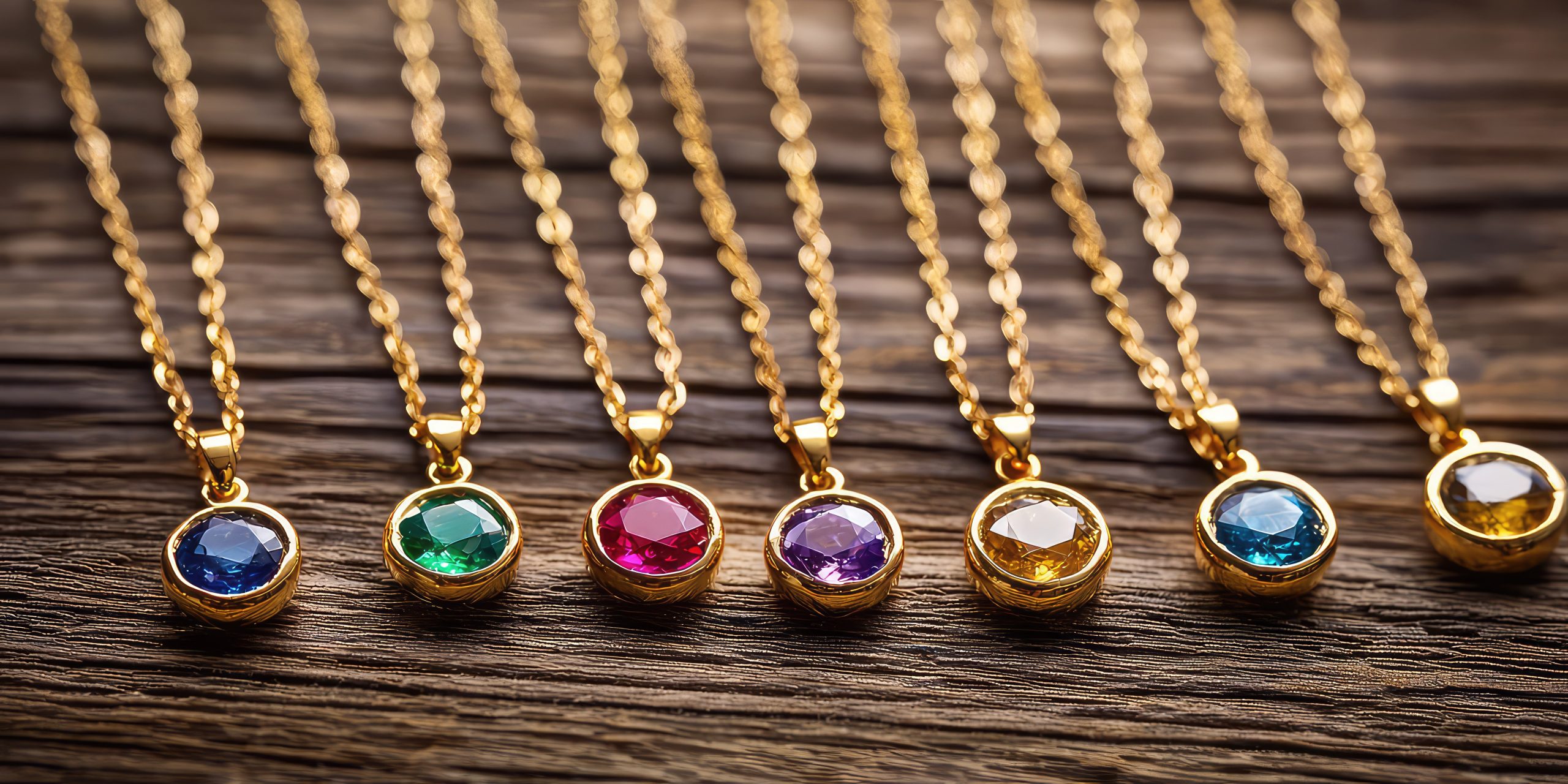
Birthstones are more than decorative gems—they are rich with history, symbolism, and personal significance. Each gemstone is associated with qualities believed to influence the wearer’s health, emotions, or fortune. The tradition of wearing birthstones dates back centuries, with origins in ancient astrology, religious practices.
Today, birthstones remain a popular way to personalize jewelry, celebrate birthdays, and create meaningful gifts. This guide explores each month’s birthstone in depth, including historical background, symbolic meaning, modern use, and style tips.
Birthstones are a beautiful blend of tradition, symbolism, and personal significance. Incorporating them into your jewelry adds layers of meaning, whether you’re choosing pieces for yourself or gifting someone special. From garnet’s protective energy in January to turquoise’s balanced energy in December, each birthstone tells a story—connecting modern wearers to centuries of history, culture, and personal expression.
By understanding the meaning, history, and styling potential of each birthstone, you can create a collection that is both meaningful and visually stunning, blending timeless elegance with personal significance.